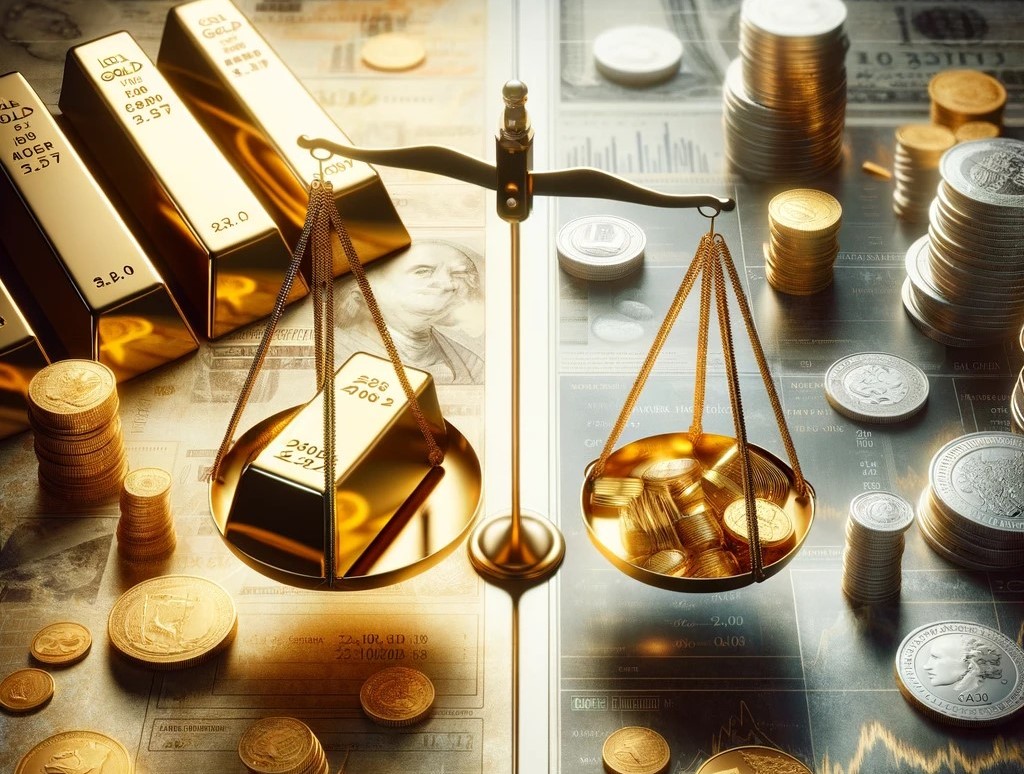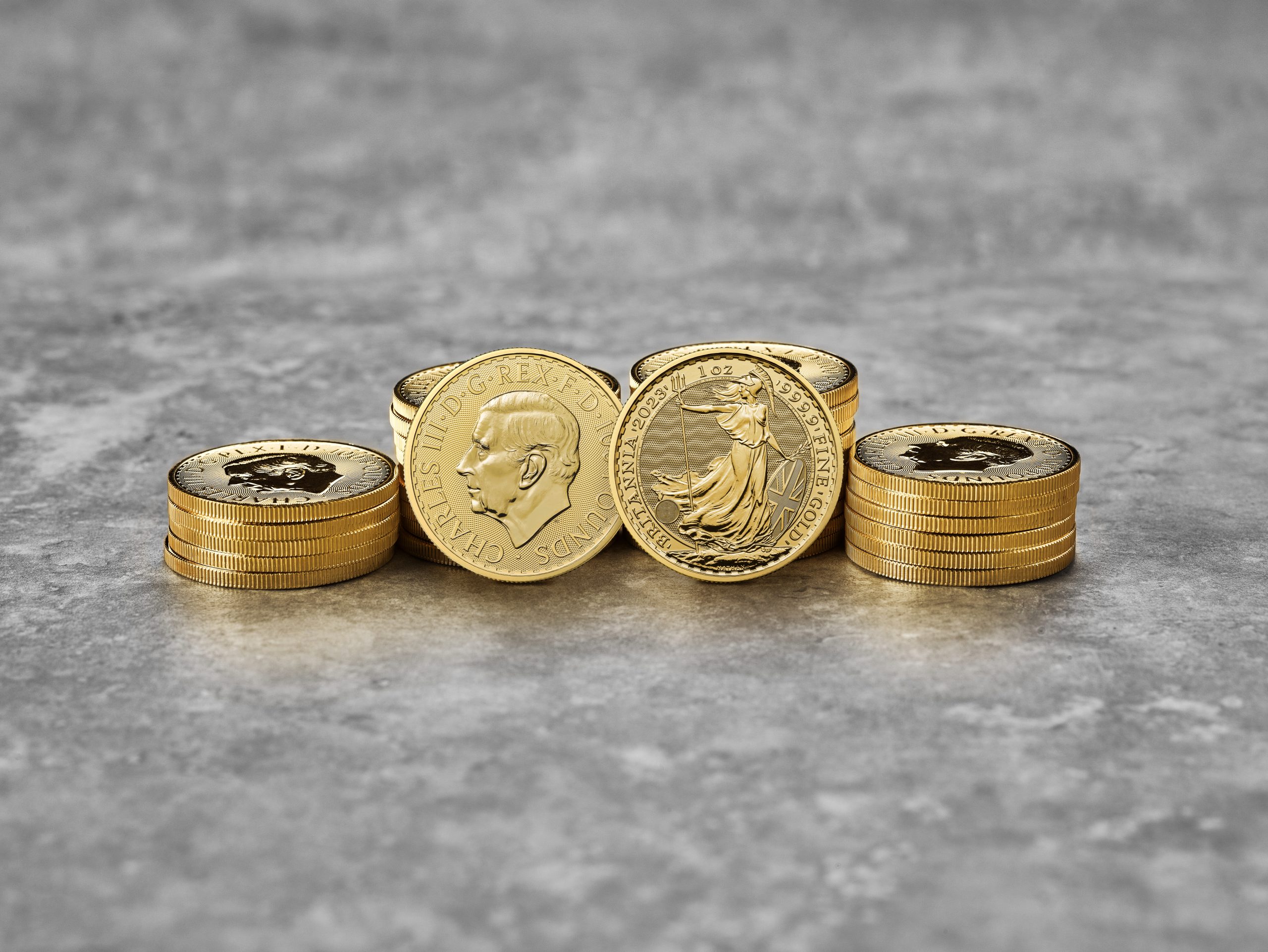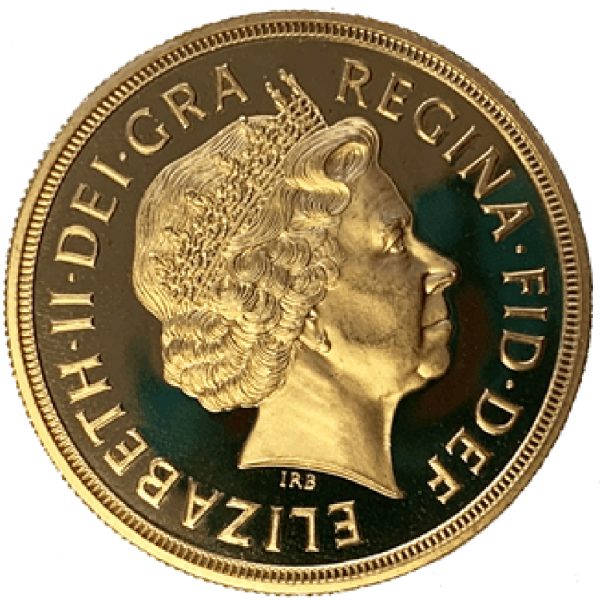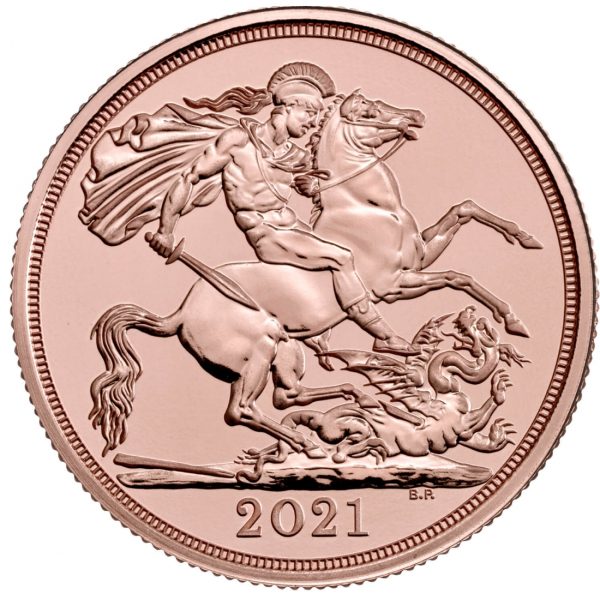Is Gold a Commodity or Currency?
19/03/2024Daniel Fisher
Free & fully insured UK Delivery. Learn more
Secure & flexible payments. Learn more

Buyback Guarantee Learn more

Gold is a precious metal that everyone’s familiar with and it’s been used in various ways by humankind for thousands of years.
Yet, beyond its aesthetic appeal, gold embodies a deeper debate: Is it primarily a commodity, subject to the ebbs and flows of market demand, or a currency, a symbol of wealth and stability?
The reality is that gold plays a nuanced role in society which has evolved between these two categories throughout history.
Delving into this debate to determine gold’s primary use provides a revealing insight into the intricate workings of our financial systems.
Gold’s role as a commodity is multifaceted and deeply ingrained in human history and contemporary economies. Most would understand a commodity as a resource which can be used in a certain way. Gold surely fits that category as a resource of limited supply (thus the moniker ‘precious’), with many applications due to its unique properties.
Commodities are raw materials or primary agricultural products that are interchangeable with other goods of the same type. They are traded in standardized units and are subject to supply and demand dynamics.
Throughout history, gold has served various practical purposes beyond its ornamental value. Its esteemed status has spanned ancient civilizations like Egypt, Mesopotamia, and Greece, where it served as both a symbol of wealth and a medium of exchange.
Throughout the Middle Ages and Renaissance, the exchange of gold facilitated international trade, fostering economic growth and cultural exchange. The Age of Exploration saw a surge in demand as European powers sought new sources, leading to the discovery of gold in the Americas and Africa.
With the advent of the industrial revolution, gold found new applications in electronics, dentistry, and aerospace, further solidifying its status as a valuable commodity. Today, its historical legacy continues to shape its role in the global economy, reflecting its enduring relevance and significance across diverse industries and cultures.
Numerous intricate factors contribute to the fluctuating value of gold as a commodity. Firstly, supply and demand dynamics play a pivotal role; shifts in gold production levels, mining costs, and geopolitical factors impact supply, while industrial demand, investor sentiment, and economic stability influence demand.
Additionally, macroeconomic indicators like inflation, interest rates, and currency movements also sway gold prices. Market speculation and investor behaviour, driven by risk perceptions and geopolitical tensions, further contribute to the volatility of gold prices.
Gold occupies a prominent position within the broader commodity market. As a commodity, it holds a unique position due to its dual nature as both a tangible asset and a monetary instrument.
Its historical significance and intrinsic value make it a sought-after commodity, with its price influenced by a myriad of factors. Gold’s status as a safe-haven asset during times of economic uncertainty, coupled with its industrial applications, makes it a significant player in commodity trading worldwide.

In the electronics sector, gold is prized for its exceptional conductivity and resistance to corrosion, making it an indispensable component in circuitry and connectors. From smartphones to spacecraft, gold ensures reliable electrical connections in a wide array of devices.
Within the medical industry, gold’s biocompatibility and resistance to tarnishing make it an ideal material for dental work, where durability and aesthetics are paramount. Dental alloys containing gold provide long-lasting restorations and prosthetics, contributing to oral health worldwide.
Gold also finds application in aerospace for its ability to withstand extreme temperatures and environments. Its use in satellite components, spacecraft shielding, and critical instruments underscores its importance in advancing technological frontiers.
Free ultimate guide for keen precious metals investor
Gold’s historical role as a currency has left an indelible mark on global finance and monetary systems. While gold undoubtedly helped humankind use small metal tokens to exchange goods and services, can it still be classed as a currency in today’s world?
Currency is an accepted form of money serving as a medium of exchange, typically issued by governments or central authorities, facilitating transactions for goods, services, and debts.
While currency typically takes the form of coins or paper notes, the digital age has witnessed a transition to currencies being utilised increasingly electronically.
Throughout history, gold has been widely used as a form of currency, valued for its rarity, durability, and universal acceptance. Ancient civilizations minted gold coins for trade and commerce, establishing its status as a trusted medium of exchange.
Gold’s use to make coins receded as issuing authorities sought more cost-effective ways to expand trade through the use of money.
Even in recent times, the need for gold to play a role in global currencies has been apparent. The gold standard was a monetary system in the 20th century where the value of a country’s currency was directly linked to a specified amount of gold.
Gold could certainly be perceived as a currency under this system, as various fiat currencies were redeemable for gold, ensuring stability and confidence in monetary transactions.
With the abandonment of the gold standard in the latter part of the 20th century, fiat currencies became prevalent, deriving their value from the government’s backing, allowing central banks to control money supply and monetary policy without being tied to gold reserves.

However, this doesn’t mean that in the modern era, gold has no part to play in currency. Central banks hold significant gold reserves as part of their monetary reserves. These reserves provide stability and confidence in a country’s currency and play a role in influencing monetary policy decisions.
The past decade has witnessed key central banks increasingly shifting the proportion of their reserves away from US Dollars and into gold. Certainly, in the years following the abandonment of the gold standard, US$ has held the mantle as the world’s global currency, earning its dominating allocation in most foreign banks’ reserves.
However, it’s no surprise that the price of gold is so closely (inversely) linked to that of the Dollar, as the two battle it out for this crown even today.

Some gold bullion coins are designated as legal tender, meaning they have a face value and are recognized as a form of currency by governments. These coins hold both investment and monetary value, appealing to collectors and investors alike.
However, while technically this sounds as though gold coins with a face value qualify as currency, in practice they’re simply not used that way. As an example, the Royal Mint produces the Gold Britannia with a face value of £100. While this face value qualifies Britannias as legal tender, shops are not obliged to accept the coins in exchange for goods.
Moreover, the gold content of the coin itself has a value many multiples of the designated face value, let alone factoring in any possible collector’s worth. To try and exchange the coin for £100 of goods would be a foolish decision to say the least. However, the gold coin’s face value does still offer a significant benefit as any capital appreciation in the gold coin is exempt from taxation.
Gold clearly embraces the dual role as both a commodity and a currency, with the functions having a degree of overlap and influence on each other. As the financial and economic backdrop evolves, the part that gold plays as either a commodity or a currency is also fluid.
While its commodity status is underscored by its practical applications and market dynamics, its rising cost pushes manufacturers to consider cheaper alternatives.
Gold’s role as a currency holds profound historical and contemporary relevance. Whether as a hedge against inflation, or a safe-haven asset in times of uncertainty, gold continues to exert its global influence.
While gold historically served as a form of currency, modern economies have shifted to fiat currencies not backed by gold. This transition allows central banks greater flexibility in monetary policy and money supply management. Additionally, using gold as currency poses logistical challenges and constraints on economic growth.
While gold often retains its value during economic instability, its worth relative to currency varies. Factors like supply, demand, and market sentiment influence both. Gold may serve as a hedge against inflation, but currency’s value is essential for day-to-day transactions and remains backed by governments and central banks.
While gold’s historical role as currency persists, its future status depends on global economic trends. Factors like technological advancements, shifts in monetary policy, and evolving consumer preferences may influence its utility. However, gold’s enduring value and recognition worldwide suggest it will likely retain its currency status in some capacity.
Gold is considered both a commodity and a currency. It serves practical purposes in various industries, making it a commodity, while historically and in some cases presently, it has been used as a form of currency.
As a commodity, gold is subject to supply and demand dynamics, influenced by factors such as industrial usage, market speculation, and economic conditions. Its value fluctuates based on these factors, akin to other commodities like oil or copper.
Throughout history, gold has been minted into coins and used as a medium of exchange in various civilizations. It provided a reliable form of currency due to its rarity, durability, and universal acceptance, forming the basis of monetary systems.
Gold’s value is influenced by its dual nature. As a commodity, its price is affected by supply and demand dynamics, industrial usage, and market sentiment. As a currency, its value may be influenced by factors such as inflation, geopolitical uncertainties, and central bank policies regarding gold reserves. Understanding both aspects is crucial in assessing gold’s overall worth in the global economy.


Live Gold Spot Price in Sterling. Gold is one of the densest of all metals. It is a good conductor of heat and electricity. It is also soft and the most malleable and ductile of the elements; an ounce (31.1 grams; gold is weighed in troy ounces) can be beaten out to 187 square feet (about 17 square metres) in extremely thin sheets called gold leaf.
Live Silver Spot Price in Sterling. Silver (Ag), chemical element, a white lustrous metal valued for its decorative beauty and electrical conductivity. Silver is located in Group 11 (Ib) and Period 5 of the periodic table, between copper (Period 4) and gold (Period 6), and its physical and chemical properties are intermediate between those two metals.